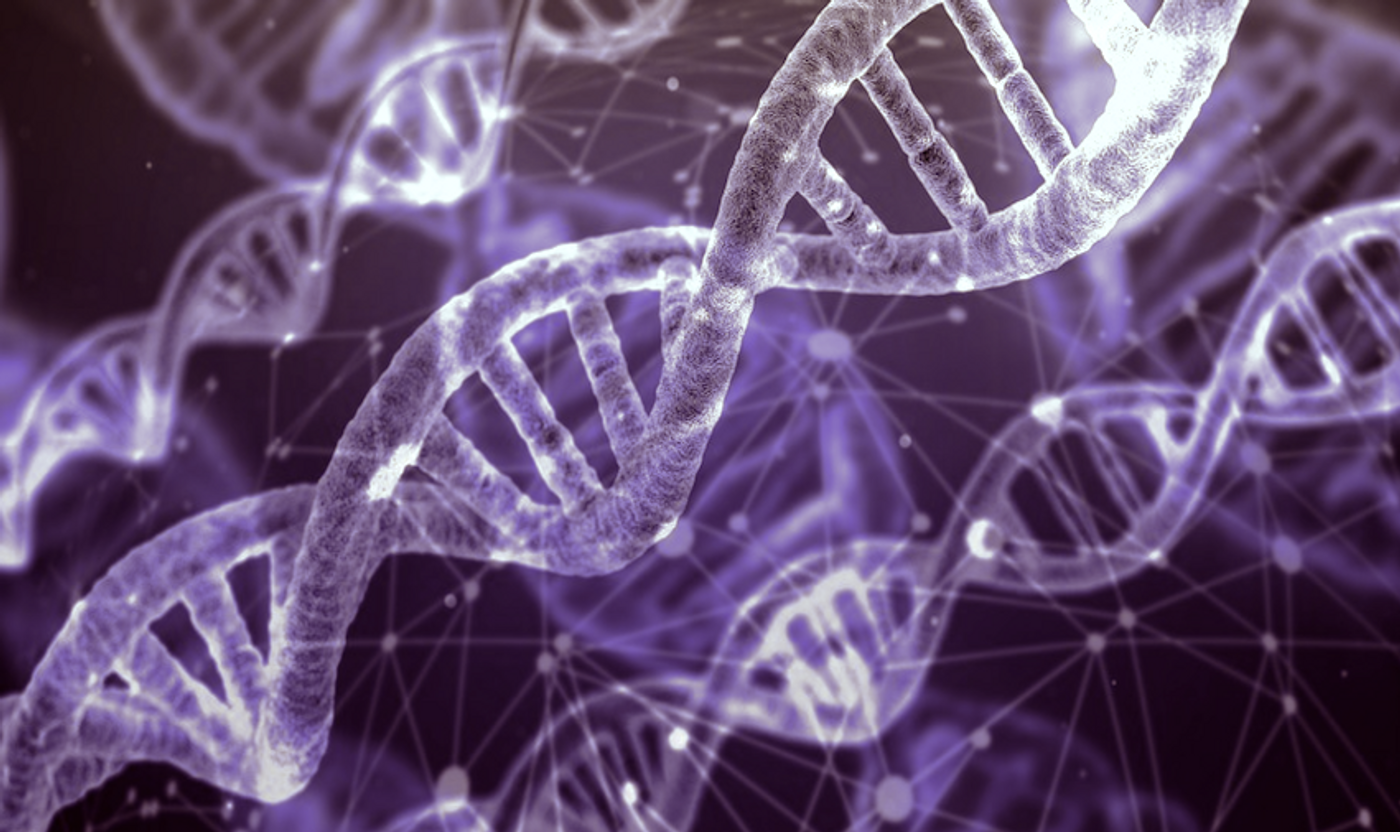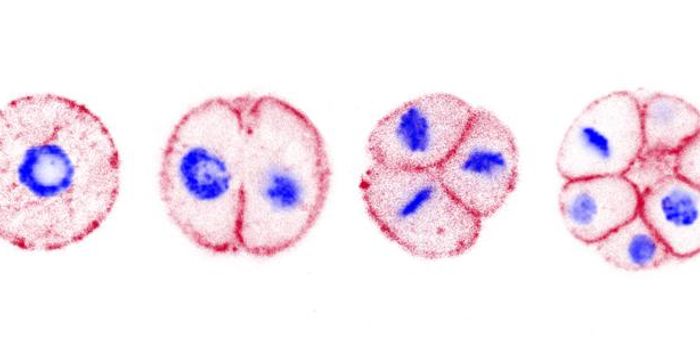Our genes determine our physiological characteristics, and for now anyway, we can’t change them. But many different kinds of small modifications to the genome can change how and when our genes are turned on and off. Researchers are trying to learn more about how those changes, epigenetic modifications or tags, are related to disease. Scientists at the University of Pennsylvania have now created a better way to analyze epigenetic tags that may help us diagnose diseases including cancer sooner; their work has been reported in Nature Biotechnology.
"We're hopeful that this method offers the ability to decode epigenetic marks on DNA from small and transient populations of cells that have previously been difficult to study, in order to determine whether the DNA is coming from a specific tissue or even a tumor,” explained study co-senior author Rahul Kohli, MD, Ph.D., an assistant professor of Biochemistry and Biophysics, and Medicine.
Epigenetics is a term that was coined many years before scientists knew much about genes. In the seventies, researchers found the first epigenetic modification - methyl groups added to genes. They learned that the methylation state of a gene could have an impact on its expression. Work continued, and the modern understanding of epigenetics was developed in the mid-nineties and was refined over about a decade. In that time, researchers developed a few ways to study epigenetic tags. One common method relies on bisulfite, a useful but damaging chemical that is also unable to reveal epigenetic modifications to one nucleotide base - cytosine.
For this work, the researchers took advantage of a natural class of enzymes used in the immune system, which are known to be convertible for lab purposes. These enzymes, APOBEC DNA deaminases, can act in place of bisulfite, without doing any damage. The tool is also able to tell the difference between two common types of epigenetic tags, hydroxymethylation and methylation.
"This technological advance paves the way to better understand complex biological processes such as how the nervous system develops or how a tumor progresses," said co-senior author Hao Wu, Ph.D., an assistant professor of Genetics.
With their new technique, the team found that they needed 1,000 times less DNA to analyze the epigenetic tags in one type of neurons compared to previous bisulfate-dependent methods.
"We were able to show that sites along the genome that appear to be modified are in fact very different in terms of the distribution of these two marks," Kohli added. "This finding suggests important and distinctive biological roles for the two marks on the genome."
Learn more about how epigenetic tags have been linked to human development and disease from the video.
Sources: Science Daily via University of Pennsylvania School of Medicine, Cold Spring Harbor Perspectives in Biology, Biorad, Nature Biotechnology









